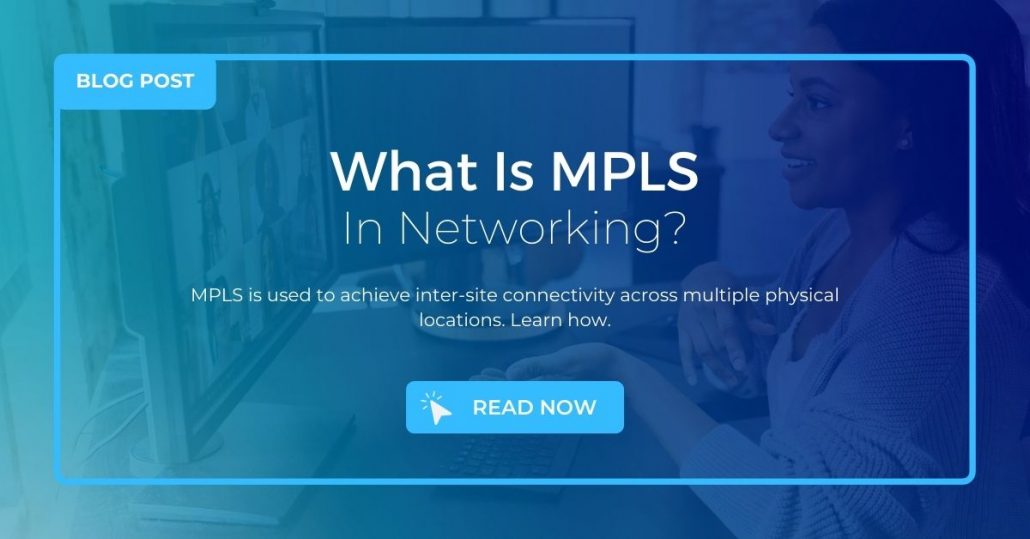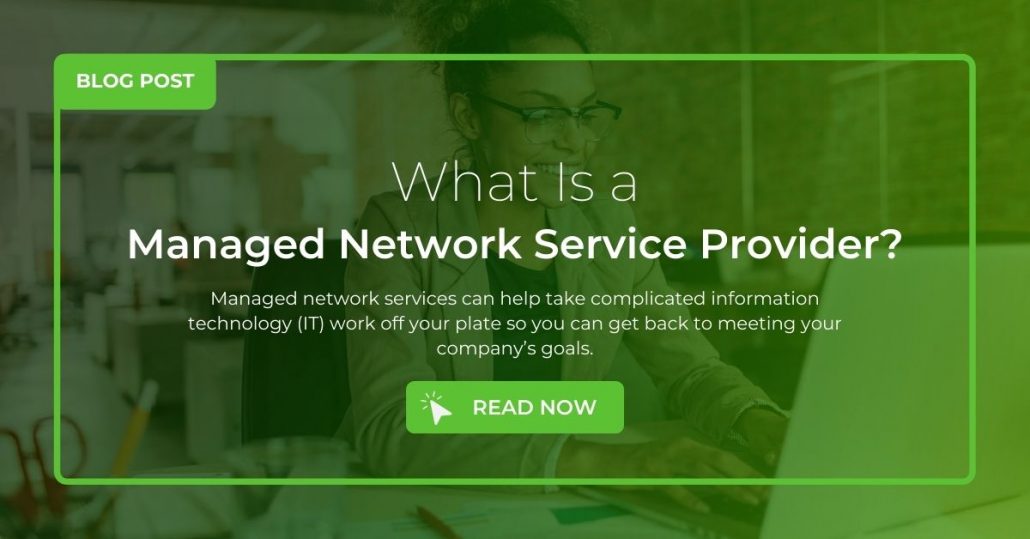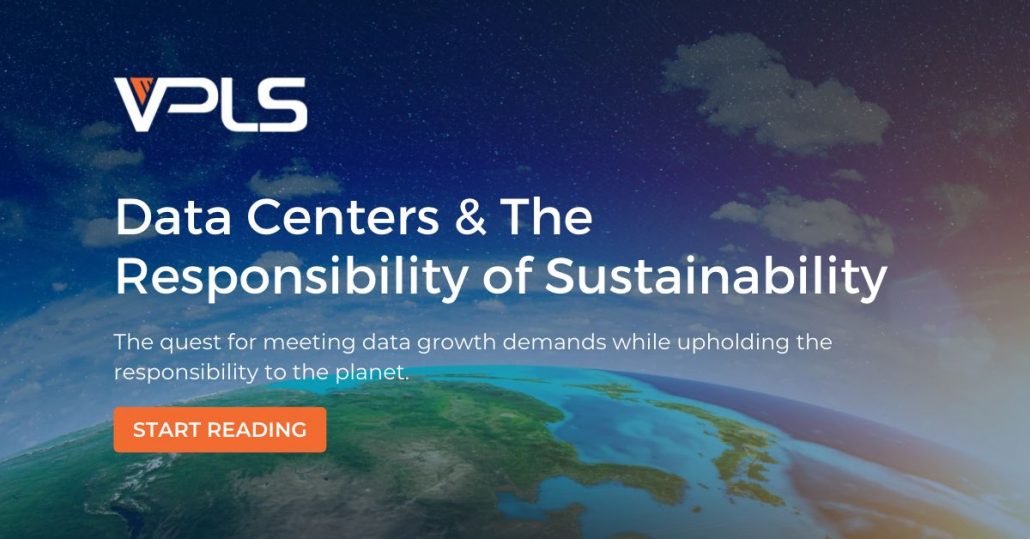
In response to the COVID-19 pandemic, many businesses have implemented remote work situations to help keep their employees healthy and safe. As the trend continues, companies are noticing some of the downsides of this model, such as increased cybersecurity risks and operating costs.
One technology, virtual desktop infrastructure (VDI), helps minimize these concerns and enhance the remote experience. Discover six top reasons to utilize VDI for remote work.
What is VDI (virtual desktop interface)?
VDI, also known as virtual desktop interface, occurs when organizations host virtual desktops in servers or the cloud. This service enables employees with a virtual device and network connection to access desktop applications and data from any location. Unlike other types of desktop virtualization, VDI does not feature local or hosted shared virtualization. Instead, it relies exclusively on a host-based virtual machine design.
Benefits of Using VDI for Remote Employees
Under remote working conditions, it can be challenging for companies to scale up operations and grow. However, VDI can help accelerate these efforts by reducing some of the setbacks of remote work. Some of the most significant advantages of VDI include:
1. Convenience
VDI permits users to connect to their work desktop from any compatible electronic device, such as a home computer or smartphone. This system enables employees to conduct tasks from any location, eliminating time-consuming commutes to and from the office.
Installing and updating VDI is convenient because operating system implementation happens in a small amount of data centers instead of multiple office locations. Businesses also save time training staff to use VDI since the configuration and interface on hosted virtual desktops are similar to the physical PC.
2. Cost
Some businesses cannot afford to purchase laptops for remote employees, leaving them to use personal devices to perform work-related tasks. However, home computers can expose corporate data to heightened risk as they rarely have the same security features as work devices.
VDI solves this dilemma because it houses virtual desktops on remote servers, giving employees access to data and systems without needing a work computer. Hosted virtual desktops also decrease maintenance and tech support expenses by consolidating data, applications, and operating systems.
Even if an organization must buy devices so that everyone can function remotely, it can save money in the long run with VDI by using Thin or Zero Clients. These devices prevent businesses from updating individual workstations and typically last longer than conventional work environments.
3. Performance
Since data center infrastructure is more effective than laptop infrastructure, VDI drives better productivity. The service permits employees to run complex applications without a powerful computer and streamlines resource allocation.
VDI reduces time spent managing devices, enabling businesses to market products and services quickly. Additionally, hosted virtual desktops can enhance recovery efforts following disaster situations as they provide a backup for accessing work applications and data.
4. Scalability
Companies that allow employees to use personal computers for work activities often struggle to scale because home devices do not have uniform configurations. With VDI, administrators can scale up or down efficiently and decide how to distribute desktop resources. The added flexibility of VDI can also help enterprises expand refresh cycles, further encouraging business growth.
5. Security
Although employees connect to virtual desktops from multiple devices, administrators manage VDI from a single location. This design gives managers more supervision over traffic and security patches and helps them monitor compliance with company policy. Additionally, VDI allows employers to restrict information to ensure workers use only the applications they need.
6. User Experience
The performance benefits of VDI improve the user experience for many enterprises, particularly those that run legacy applications and cannot transition to the public cloud without complications. VDI also boosts the user experience for organizations that use servers to store client calls. It brings the client closer to the database and delivers faster response times on inquiries.
How VPLS Helps
If you wish to implement VDI for remote employees at your business, consider utilizing the innovative solutions from VPLS. We offer two hosted virtual desktop solutions to help organizations shift between operating environments affordably — on-premise and cloud-hosted.
Cloud-hosted VDI, or Desktop-as-a-Service (DaaS), is ideal for companies that operate across multiple sites. Our cloud-hosted VDI provides users with better performance and scalability without driving up their capital or operational expenditures. Unlike many other service providers, we deploy DaaS in a private cloud environment with the same technology used for on-premise solutions. This system provides customers with heightened security and administrative capabilities.
Find VDI Services for Your Remote Employees
Extensive colocation and hosting facilities, superior network services, and a global team of certified technology specialists make VPLS one of the most trusted IT providers in the world. We serve over 7,000 clients spanning numerous industries worldwide, from healthcare and finance to media and the public sector.
Contact us today to learn more about using VDI for remote work and our other services.
Read More from this Author


